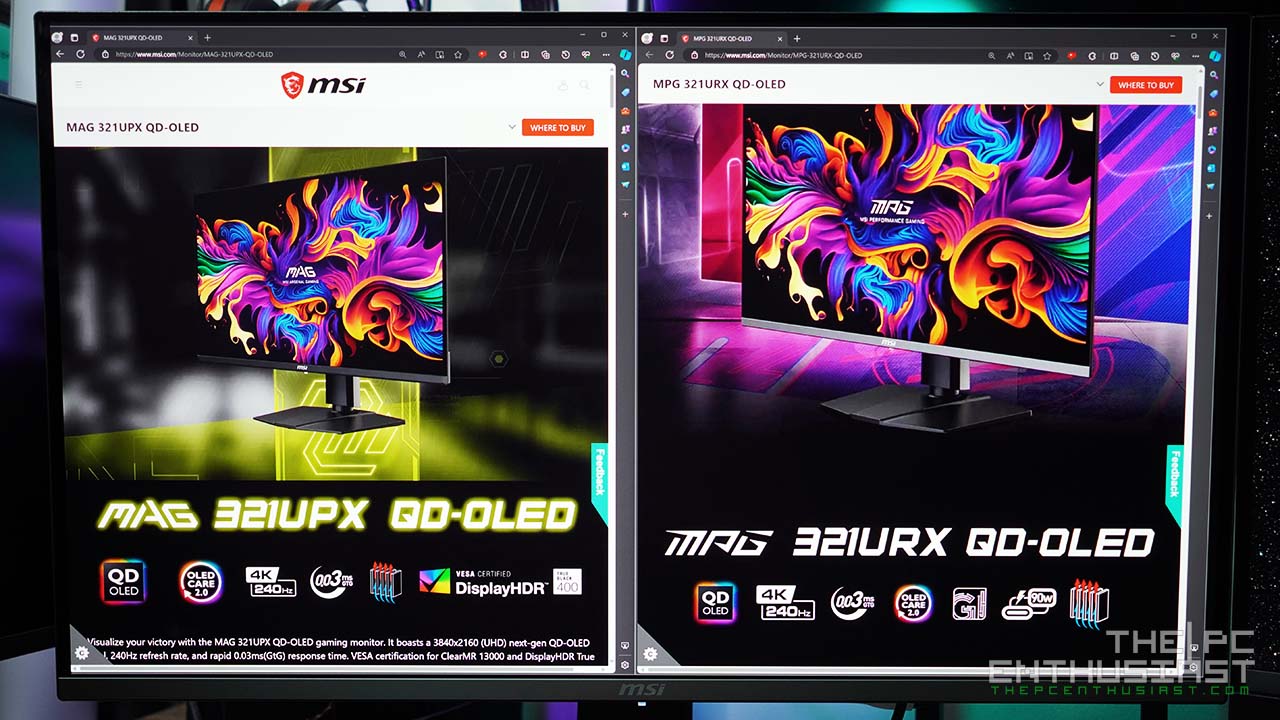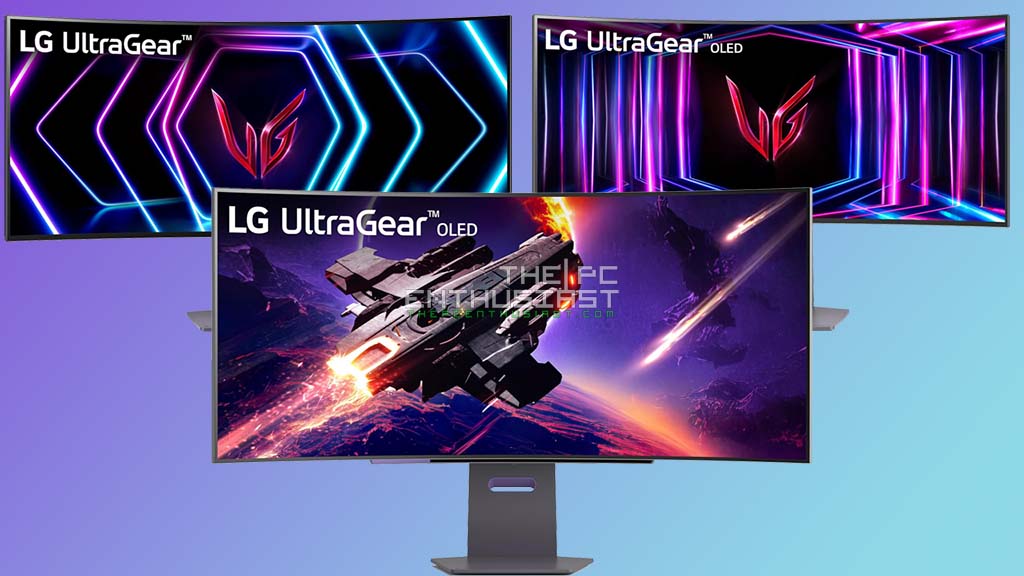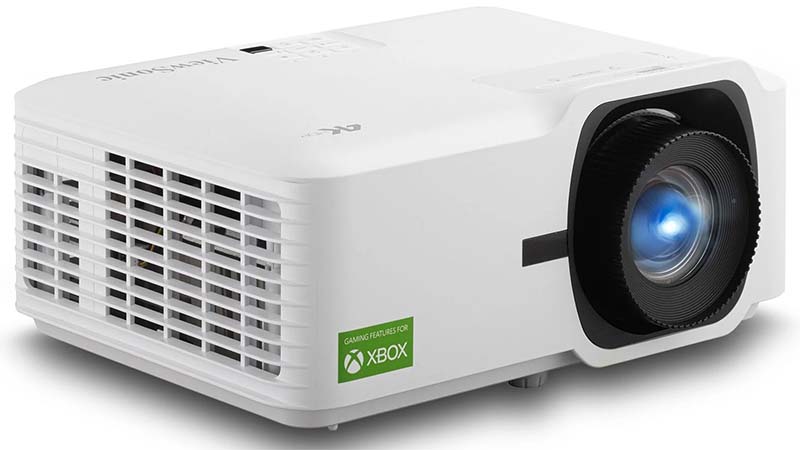Razer’s first ever gaming monitor – the Razer Raptor is now available. We have seen its first review by CNET and they gave it a score of 8.2 out of 10. The Raptor is a 27” gaming monitor, with a WQHD resolution of and a high refresh rate of 144Hz. It comes with an MSRP of $699.99. But is it worth it? What unique features does the Raptor offers that its competition doesn’t? Let’s check them out below.
Razer Raptor 27” Gaming Monitor Now Available
The Razer Raptor was first revealed early this year on CES 2019. It’s a very unique monitor, considering it features a huge stand with several green cables running along the stand. It is also the company’s first gaming monitor; akin to Gigabyte’s Aorus AD27QD, which is also their first.
It’s a 27” gaming monitor with a resolution of 2560×1440, a refresh rate of 144Hz and a response time of 1ms (4m gray to gray). Pretty much the typical gaming monitor we see nowadays. It is also the “most popular” specs we see in gaming monitors and most gamers are also targeting this set of specs.
The Raptor sports an IPS display with a 95% wide DCI-P3 color gamut and has HDR400. Well, it’s not a true HDR since it is only capable of producing 420 nits of brightness, but 95% of DCI-P3 is not bad either. It is not a native G-Sync monitor, instead you get adaptive sync via AMD FreeSync.
Luckily, you can now enable G-Sync with FreeSync monitors; provided you have the latest NVIDIA drivers and compatible graphics card. Unfortunately, at this time, the Raptor is not (yet) certified as a G-Sync compatible monitor. So, you will have to enabled G-Sync manually via the control panel and hope that no (weird) artifacts or anomaly shows up.
Moving on, I guess what truly makes the Raptor unique is its design, particularly the base stand. You can, literally, tilt the monitor up to 90°; just like a flat surface. It’s basically an ideal monitor for eye-level down, but not eye-level up. I don’t think it’s VESA mount compatible though, and you can’t swivel the monitor. You’ll have to move the base / stand.
RGB is popular nowadays, while most gaming monitors have RGB lighting at the back of the monitor, which we don’t see most of the time (or at all); Razer’s approach is different. They placed RGB lighting at the base of the monitor, sort of an under-glow effect. I think it is nice and a much better implementation that RGB lighting at the back that can’t even provide bias lighting.
Price and Where to Get One
Like I mentioned earlier, the Razer Raptor comes with a manufacturer’s suggested retail price of $699.99. You can buy one from Razer store.
Razer might be having a hard time convincing gamers to buy their first gaming monitor. If you are a Razer fan, then by all means, upgrade your monitor or add one to your set up. But there are a lot of gaming monitors with the same specs – 27”, IPS, 1440p, 144Hz; some of them are the Aorus AD27QD and LG 27GL850. And they are more affordable than the Raptor.
Razer Raptor Specifications
- 27″ WQHD (2560 x 1440px) resolution
- Ultra thin bezels at 2.3mm
- Non-Glare IPS Display with up to 178° wide viewing angles
- 1ms with Ultra Low Motion Blur, 4ms gray to gray
- 144Hz Refresh Rate, Adaptive display via AMD FreeSync
- HDR400, 10-Bit dimming processor
- 95% DCI-P3 wide color gamut
- 1000:1 Contrast Ratio
- 90° tilt for easy setup and access to ports
- Built-in CNC cable management system
- HDMI 2.0b, DP1.4
- USB-C (Support for DP1.4 in Alt-mode)
- 2x USB3.2 Gen 1 Type-A Passthrough
- Razer Chroma with 16.8 million colors for customization










